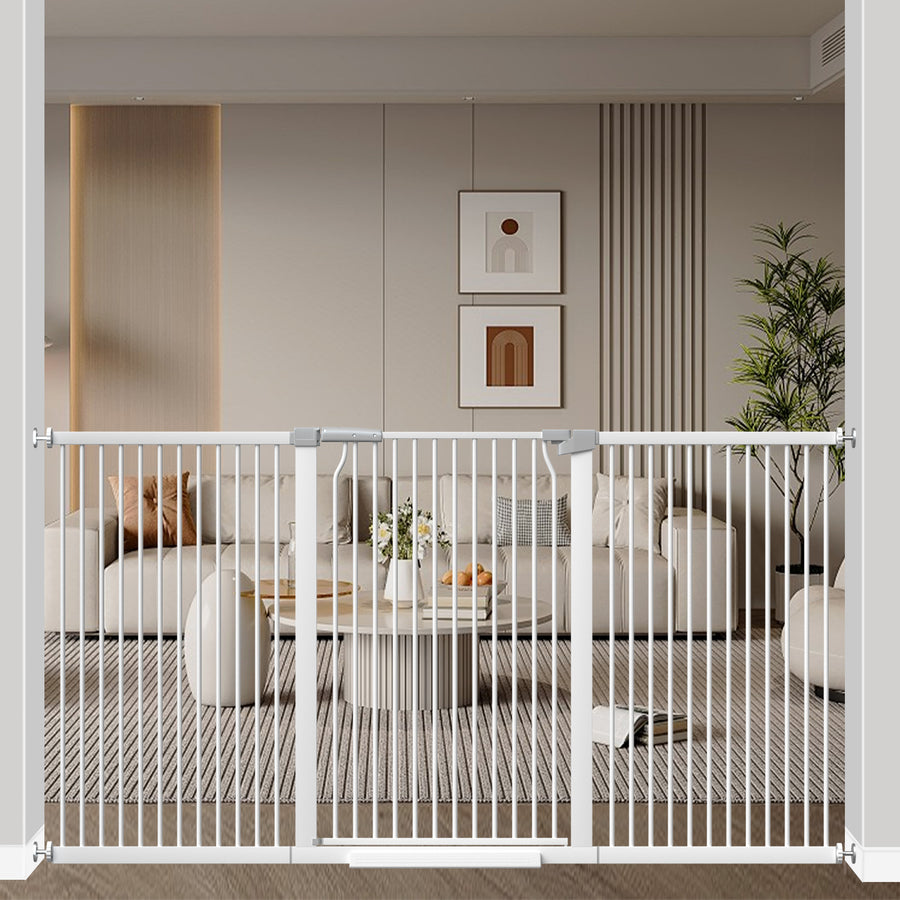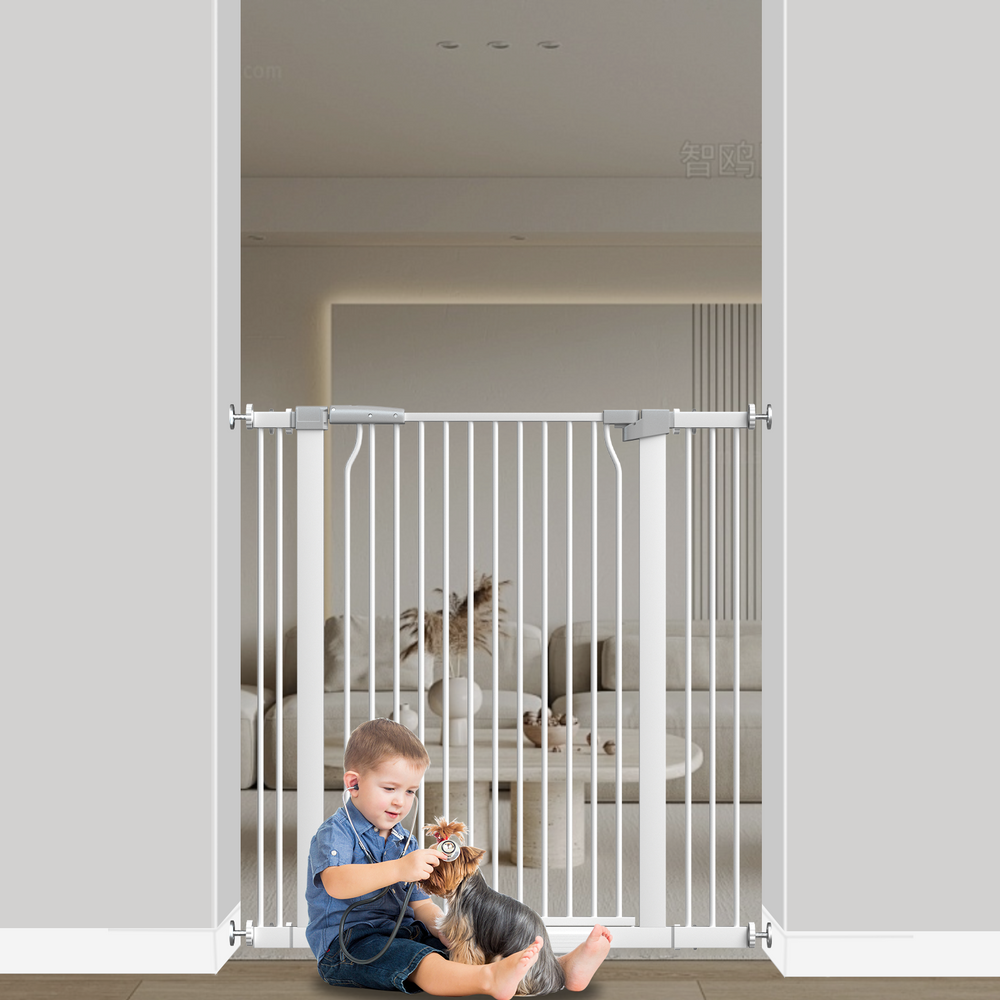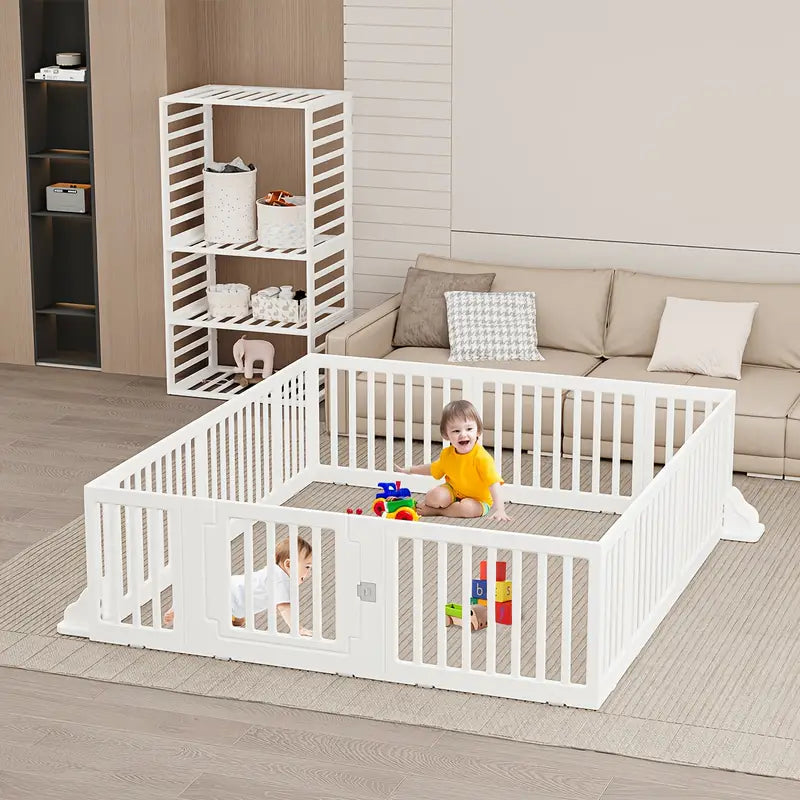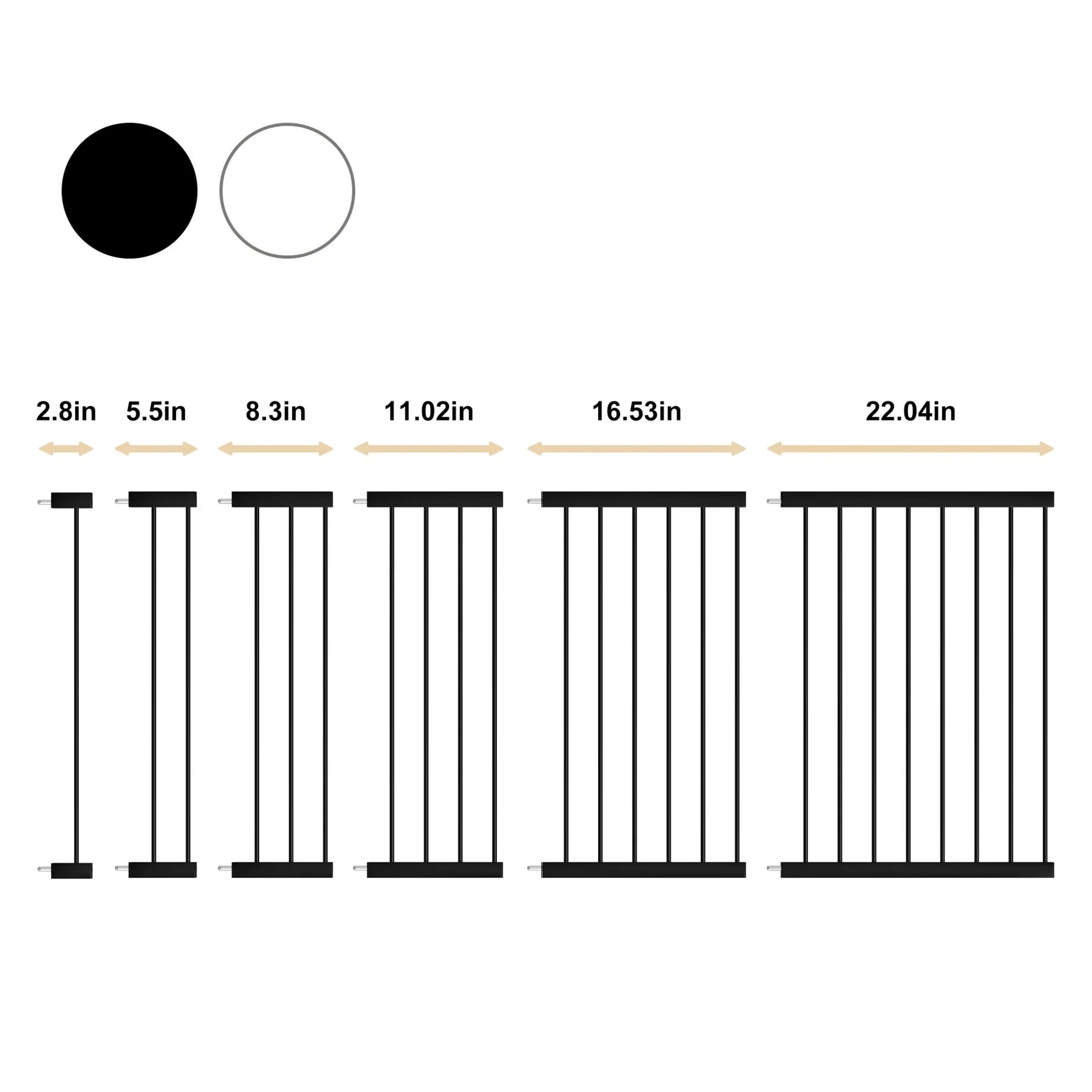Essential Tips for Preventing Baby Walker Injuries: Keeping Your Child Safe
Choosing The Right Baby Walker For Safety
Okay, so you're thinking about getting a baby walker. That's cool! But before you just grab the first one you see, let's talk safety. It's super important to pick a walker that's actually going to keep your little one safe and sound. There are a few things to keep in mind, and honestly, it's worth spending a little extra time on this.
Look For Sturdy Construction
You want a walker that can handle a bit of a beating. Babies aren't exactly known for their gentle touch, right? Look for a walker with a strong, wide base. This will help prevent tipping, which is a big deal. Check the materials too. A sturdy metal frame covered with smooth, safe material is ideal. You don't want any sharp edges or flimsy parts that could break easily. Think about it – this thing is going to be rolling around your house, bumping into stuff. It needs to be tough!
Check Safety Features
Safety features are a must. I mean, it's right there in the title, right? Look for things like:
- Anti-flip/tilt mechanisms: These are super important, especially if you have uneven floors.
- Brakes or stoppers: These can help prevent the walker from rolling down stairs or into dangerous areas.
- JPMA, ISO and EN safety certifications: A certification states that the product has been designed per the safety standards for baby walkers, which means that every material made is of top quality, ensuring your little rider is always safe.
It's also a good idea to read reviews and see what other parents are saying about the walker's safety. Don't just rely on the manufacturer's claims. Real-world experience is invaluable.
Ensure Proper Size For Your Child
This might seem obvious, but it's worth mentioning. You need to make sure the walker is the right size for your baby. If it's too big, they won't be able to reach the floor properly, and if it's too small, they'll be all hunched over. Neither of those is good! Check the manufacturer's recommendations for height and weight limits. You want your baby to be able to sit comfortably with their feet flat on the floor. This will help them develop the right posture and avoid any strain. Also, consider the best baby walkers that adjust as your child grows.
Creating A Safe Environment For Baby Walkers

Okay, so you've decided to use a baby walker. That's cool, but listen up! It's not just about plopping your kid in there and letting them roam. You gotta make sure your house is like, a baby-walker-friendly zone. Seriously, it's all about preventing accidents before they even happen. Think of it as baby-proofing on steroids.
Remove Hazards From The Floor
First things first: scan your floors. I mean really scan them. We're talking about anything that could trip up a speeding baby in a walker. Cords? Gone. Rugs with edges that flip up? Rolled up and stored. Tiny toys? Vacuumed. You get the idea. A clear path is a safe path. Think of it like prepping a race track, but for a tiny human who's still figuring out how to steer.
- Electrical cords
- Small toys
- Loose rugs
Install Safety Gates
Stairs are the enemy. Seriously, they're like a magnet for baby walkers. So, invest in some good safety gates. Make sure they're installed properly, according to the instructions. And double-check that they're locked every single time. It only takes a second for a baby to roll towards danger. Trust me, you don't want to find out how fast they can move when they're motivated by gravity.
Pad Sharp Edges And Corners
Babies are basically walking (or rolling) wrecking balls. They bump into everything. So, take a look around your house and identify any sharp edges or corners that could be a problem. Coffee tables, counters, anything at baby-head height. Get some corner protectors or edge bumpers and slap them on there. It's not the most stylish look, but it's way better than a trip to the ER. Think of it as bubble-wrapping your house, but only the pointy bits.
Creating a safe environment is more than just a one-time thing. It's about constantly being aware of potential hazards and taking steps to eliminate them. It's an ongoing process, but it's worth it for your child's safety.
Supervision Is Key To Preventing Injuries
It's easy to think a baby walker is like a personal safety bubble for your little one, but that's really not the case. Constant supervision is the most important thing you can do to prevent injuries. Walkers give babies mobility they aren't ready for, so you need to be extra vigilant.
Always Keep An Eye On Your Child
Seriously, always. Don't think you can just pop to the bathroom or answer the door without keeping an eye on your baby in a walker. Those few seconds are all it takes for them to roll into trouble. It's like when you're driving – you can't take your eyes off the road, even for a second. Baby walkers are the same. They can move fast, and babies don't have the judgment to avoid hazards. I know it's hard, but it's better to be safe than sorry. If you absolutely have to step away, move the baby to a safe spot like a playpen or crib. It's a small inconvenience that can prevent a big accident.
Limit Walker Use To Safe Areas
Think of your house as having "walker zones" and "no-walker zones." The safe zones should be flat, open spaces where you've removed all potential hazards. No-walker zones include stairs, kitchens (hot stoves!), bathrooms (water hazards!), and anywhere with uneven surfaces. Use baby gates to block off these areas. It's a bit like setting up boundaries for a puppy – you want to keep them out of trouble. I found that using painter's tape to mark the boundaries at first helped me remember where the safe zones were. It might seem silly, but it worked!
Teach Safe Habits During Use
Okay, I know what you're thinking: "Teach a baby? They barely know how to drool!" But you can start instilling good habits early. Gently guide them away from walls or furniture. Show them how to turn around safely. Use simple words like "stop" and "slow." They might not understand everything you're saying, but they'll pick up on the tone and the actions. It's like teaching a dog tricks – repetition and positive reinforcement work wonders. Plus, it's a good way to bond with your baby and make walker time a learning experience. It's also a good idea to enable cookies on your browser to ensure a smooth online experience while researching baby products.
Think of it this way: you're not just preventing accidents; you're also laying the foundation for future safety awareness. Even if they don't fully grasp the concept now, the seeds you plant will grow as they get older. It's all about creating a safe environment and fostering good habits from the start. This is especially important when considering security measures for your online accounts, as prevention is key.
Understanding The Risks Of Baby Walkers
Baby walkers might seem like a fun way to help your little one explore, but it's important to know they come with some serious risks. It's not all sunshine and giggles, so let's get into the potential downsides.
Potential For Falls And Injuries
The biggest risk with baby walkers is falls, especially down stairs. It happens way more often than you'd think. Kids in walkers can move super fast, faster than you can react, and stairs become a major hazard. Even if you're watching closely, it only takes a second for them to tumble. Besides stairs, they can also tip over on uneven surfaces or bump into things, leading to bumps, bruises, or worse. It's just not worth the risk when there are safer ways for them to develop.
Drowning Hazards
Okay, this might sound extreme, but it's a real concern. A baby in a walker can potentially roll into a pool, bathtub, or even a bucket of water. They can reach these hazards much easier than if they were crawling or just standing. It's a scary thought, but it's something parents need to be aware of. Never leave a baby unattended in a walker, especially near any source of water. Drowning is silent and quick, and prevention is key.
Burn Risks From Hot Surfaces
Walkers give babies access to things they normally couldn't reach, like hot stoves, fireplaces, or space heaters. They can easily grab a hot pan handle or touch a radiator, leading to serious burns. It's also easier for them to pull tablecloths with hot drinks on them, which is a recipe for disaster. Always make sure your kitchen and living areas are baby-proofed, and keep hot items out of reach, even when your little one is in a walker. Consider alternatives like stationary activity centers to keep them safe.
Baby walkers can delay walking. They give babies a false sense of mobility and can interfere with the development of the muscles they need to walk on their own. They might learn to rely on the walker instead of developing their natural balance and coordination. It's better to let them explore on the floor, where they can learn to crawl, pull themselves up, and eventually walk at their own pace.
Regular Maintenance Of Baby Walkers

It's easy to overlook, but keeping your baby walker in good shape is super important for safety. A little bit of regular maintenance can prevent accidents and extend the life of the walker. I know, it's just another thing to add to the list, but trust me, it's worth it.
Inspect Before Each Use
Before you even think about putting your little one in the walker, give it a quick once-over. This only takes a minute, and it could save you a trip to the emergency room. Check for any obvious damage, loose parts, or anything that just doesn't look right. It's like a pre-flight check for your baby's ride.
Tighten Loose Parts
Those little screws and bolts can wiggle loose over time, especially with a rambunctious baby zooming around. Grab a screwdriver and tighten loose screws regularly. It's a simple task that makes a big difference in the walker's stability. Think of it as giving the walker a little tune-up.
Clean And Sanitize Regularly
Let's face it, babies are messy. Walkers can quickly become covered in drool, food, and who-knows-what-else. Wipe down the walker regularly with a damp cloth and mild soap. For a deeper clean, especially after a particularly messy adventure, use a baby-safe sanitizer. This helps prevent the spread of germs and keeps the walker looking its best. Consider using a baby-safe sanitizer to keep the walker clean.
Regular cleaning not only keeps the walker sanitary but also allows you to spot potential problems early on. A quick wipe-down can reveal cracks, loose screws, or other issues that might otherwise go unnoticed. It's a win-win!
Alternatives To Baby Walkers
Baby walkers might seem like a great way to help your little one get around, but they come with risks. Luckily, there are plenty of other options that can help your baby develop their motor skills safely. Let's explore some alternatives that provide fun and developmental benefits without the dangers associated with walkers.
Consider Stationary Activity Centers
Stationary activity centers are a fantastic alternative to baby walkers. They offer a similar level of engagement and entertainment but without the wheels that can lead to accidents. These centers typically feature a seat that rotates, bounces, and allows your baby to explore a variety of toys and activities within a safe, contained space. They help develop motor skills and hand-eye coordination without the risk of falls.
Use Playpens For Safety
Playpens are another excellent option for providing a safe and stimulating environment for your baby. They create a contained area where your child can play, crawl, and explore without the risk of wandering into dangerous situations. You can fill the playpen with toys, blankets, and other items to keep your baby entertained and engaged. It's a great way to give them freedom to move while ensuring their safety. A good playpen can be a lifesaver.
Explore Other Developmental Toys
There's a wide range of developmental toys that can help your baby build strength, coordination, and cognitive skills. These include:
- Exersaucers: Similar to stationary activity centers, these provide a safe space for babies to bounce and play.
- Push Toys: As your baby starts to stand and take steps, push toys can provide support and encouragement.
- Stacking Cups and Blocks: These toys help develop fine motor skills and problem-solving abilities.
Ditch the walker! There are so many other ways to help your baby develop their motor skills. Focus on creating a safe environment and providing toys that encourage movement and exploration. You'll be amazed at how quickly they learn and grow without the need for a walker.
Instead of relying on walkers, consider these alternatives to support your baby's development in a safe and enriching way. Remember, a safe environment and engaging toys can make all the difference. You can also look into baby walker safety to learn more.
Setting Time Limits On Walker Use
It's easy to let your little one enjoy the freedom a baby walker provides, but it's important to keep an eye on how long they're spending in it. Overdoing it can lead to fatigue or even hinder their natural development. Let's talk about how to manage walker time effectively.
Monitor Duration Of Use
Keep track of how long your baby is in the walker each day. There's no magic number, but experts often suggest limiting sessions to no more than 15-20 minutes at a time, a couple of times a day. This helps prevent overexertion and allows for other types of play and development. It's a good idea to start with shorter durations and see how your baby adapts. You can always adjust the time based on their cues and comfort level. Remember, every baby is different!
Watch For Signs Of Fatigue
Babies can't always tell us when they're tired, so it's up to us to watch for the signs. If your baby starts to seem fussy, irritable, or less engaged while in the walker, it's probably time for a break. Other signs might include slouching, decreased leg movement, or general disinterest in the toys or surroundings. Paying attention to these cues is key to preventing overstimulation and ensuring a positive experience.
Encourage Breaks For Exploration
Walker time shouldn't replace other important activities like tummy time, crawling, and exploring on the floor. These activities are crucial for developing motor skills, strength, and coordination. Make sure to schedule plenty of time for these activities throughout the day. Think of walker time as just one small part of your baby's overall developmental journey. Consider using stationary activity centers as a safe alternative.
It's important to remember that baby walkers don't actually help babies learn to walk faster. In fact, some studies suggest they might even delay walking. The best way to encourage your baby's natural development is to provide a safe and stimulating environment where they can explore and move freely.
Here's a simple schedule you could adapt:
| Time | Activity |
|---|---|
| 9:00 AM | Tummy Time |
| 10:00 AM | Walker Time (15 minutes) |
| 11:00 AM | Floor Play/Crawling |
| 2:00 PM | Walker Time (15 minutes) |
| Throughout Day | Cuddles, Reading, Interaction |
Remember to adjust this schedule to fit your baby's individual needs and routines. Also, be sure that there are no walkers wherever your child is being cared for, such as child care centers or in someone else's home.
Final Thoughts on Baby Walker Safety
In the end, keeping your little one safe while using a baby walker is all about being aware and proactive. Always supervise your child, choose the right walker, and make sure your home is baby-proofed. It’s not just about letting them explore; it’s about making sure they can do so without getting hurt. Remember, baby walkers can be fun, but they come with risks. So, stay alert, follow the safety tips, and enjoy watching your child grow and learn in a safe environment.






Leave a comment